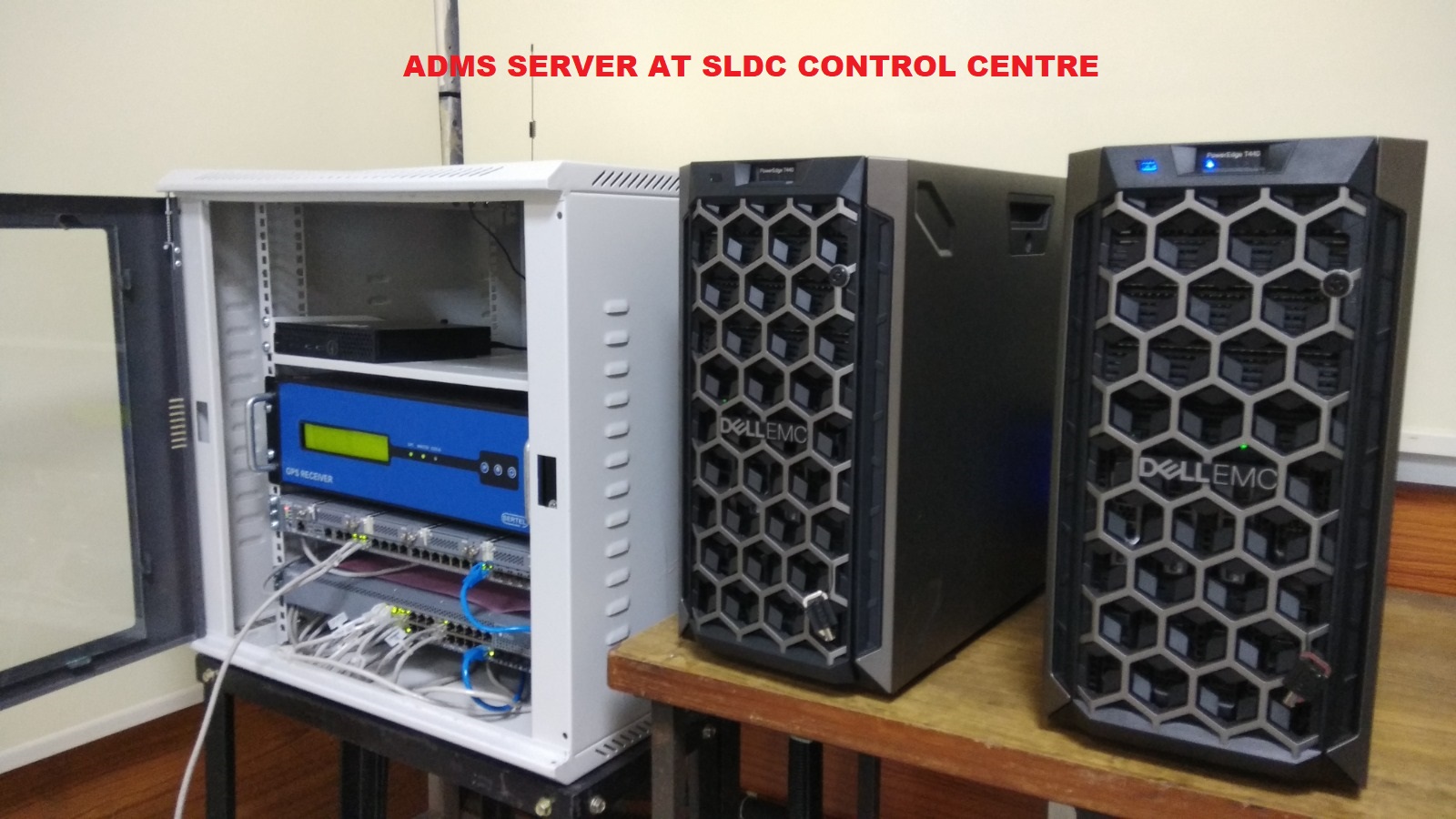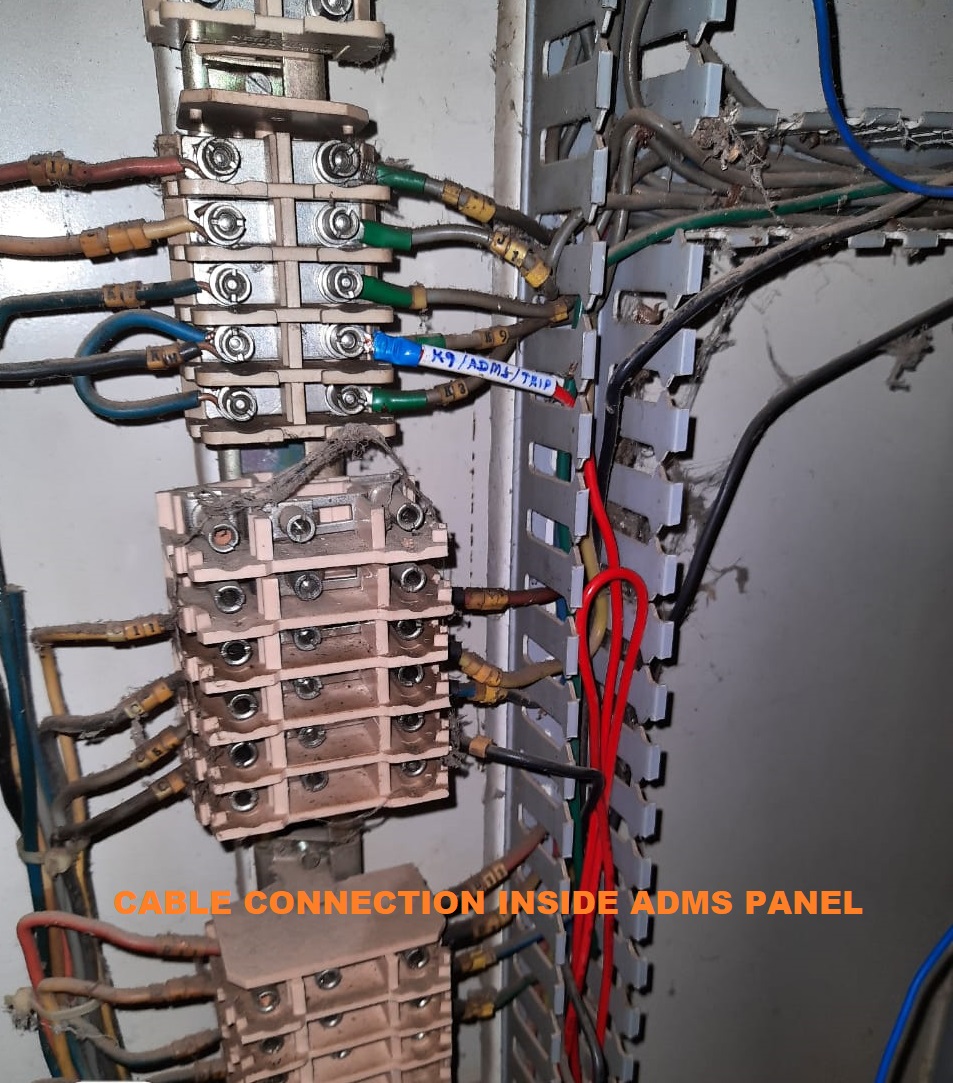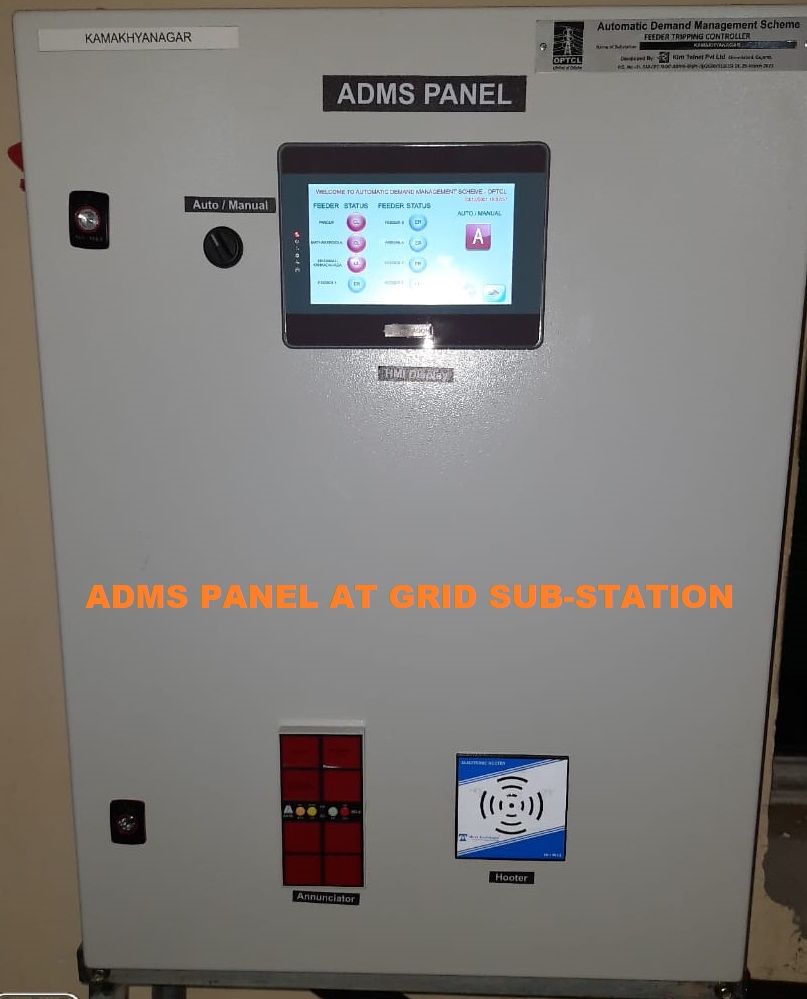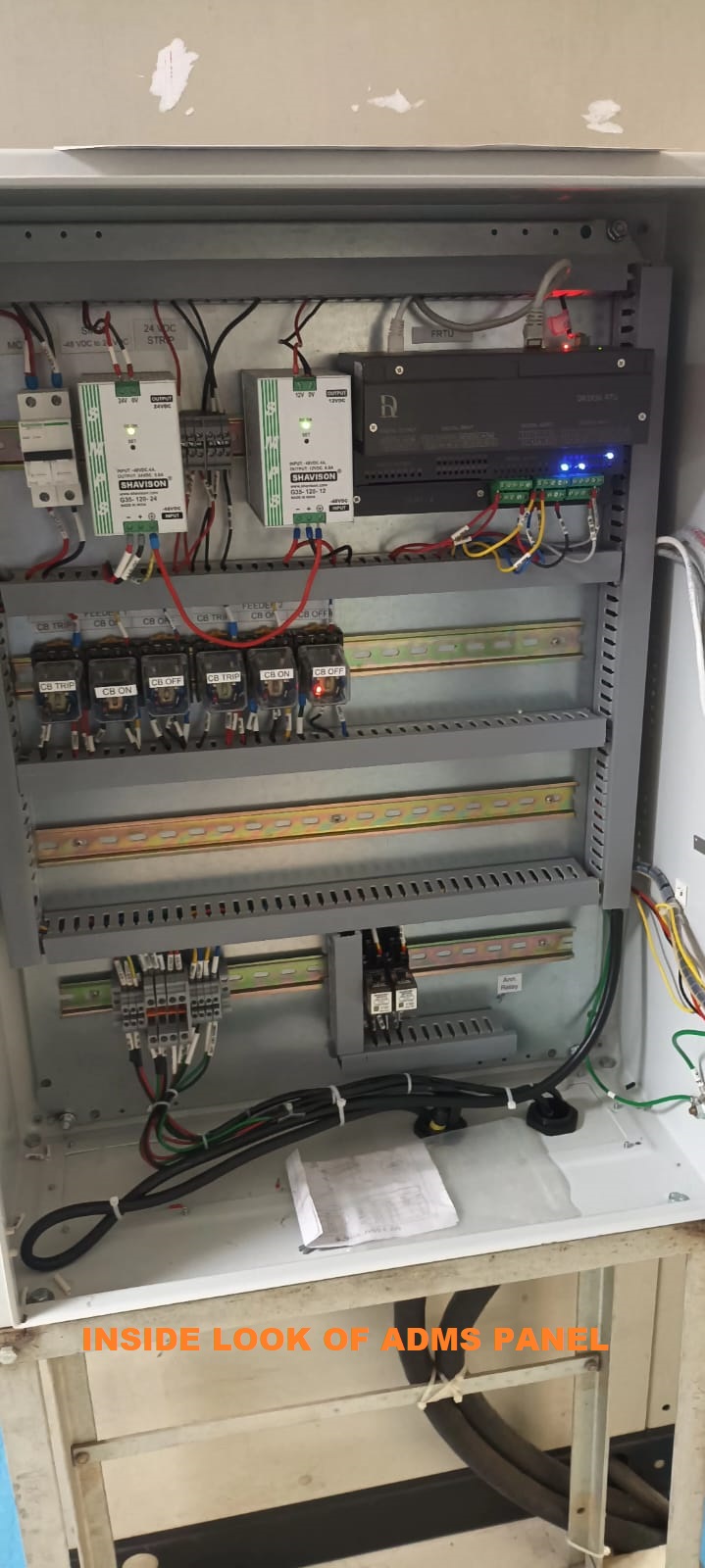Automatic Demand Management Scheme (ADMS) – State Load Despatch Centre (SLDC), OPTCL

Automatic Demand Management Scheme (ADMS)
Problem
- Manual intervention of Grid Operator for Load-Generation balancing during contingency.
- Due to manual intervention, the Grid Operator loses vital time in taking remedial actions during emergency conditions.
- Grid security enhancement during low-frequency conditions.
- Alerts to DISCOM operators for revision of their demand requisition.
- Inadequate implementation of SAS in different grid substations has refrained from maximum output from the project.
Solution
- An automatic Demand Management Scheme has been developed at the SLDC control centre.
- ADMS Server at SLDC generates a tripping command for the first group of the overdrawing DISCOM.
- After tripping one group of feeders of a DISCOM, the logic is blocked for that DISCOM for the next 30 minutes.
- The tripping command is sent to the second group of 33kV feeders of the overdrawing DISCOM.
- The logic is repeated for the next group if the above condition persists in the round-robin.
Challenges
- This project was implemented during the COVID-19 pandemic situation.
- Mobilszation of man and material during that condition was a big challenge.
- To maintain the stipulated timeline for project completion during the COVID-19 pandemic situation.
- Inadequate implementation of SAS in different grid substations has refrained from maximum output from the project.
- Unintentional inconvenience to the consumers due to the demand management system.
Outcomes
- Improvement in System reliability and stability by reducing overdrawl from the system.
- In any emergency situation like the loss of a major Generation, load-generation shall be balanced automatically.
- To avoid manual demand management during over-drawl situations at low-frequency conditions.
- ADMS operation has resulted in a reduction of financial loss of the State.
- Strengthening of Grid security.
SKOCH Award Nominee
Category: Government Undertaking
Sub-Category: Government Undertaking
Project: Automatic Demand Management Scheme (ADMS)
Start Date: 7-19-2022
Organisation: State Load Despatch Centre (SLDC), OPTCL
Respondent: Bhadresh Bachubhai Mehta
https://www.sldcorissa.org.in/Home.aspx
Level: Premium Plus
Video
See Presentation
Gallery
Case Study
Automatic Demand Management Scheme (ADMS)
Introduction:
The objective of the ADMS Project is to obtain load relief in contingencies automatically so that the operator at SLDC is relieved from the nuances of implementation of load shedding and to enable him to concentrate more on operational matters under contingency conditions. The scheme automates the manual practice of rotational load shedding scheme followed by the DISCOMs during contingencies.
Problems:
Manual intervention of Grid Operator for Load-Generation balancing during contingency. Due to manual intervention, the Grid Operator loses vital time in taking remedial actions during emergency conditions. Grid security enhancement during low-frequency conditions. Alerts to DISCOM operators for revision of their demand requisition and inadequate implementation of SAS in different grid substations have refrained from maximum output from the project.
Solution:
Automatic Demand Management Scheme has been developed at the SLDC control centre. ADMS Server at SLDC generates a tripping command for the first group of the overdrawing DISCOM. After tripping one group of feeders of a DISCOM, the logic is blocked for that DISCOM for the next 30 minutes. The tripping command is sent to the second group of 33kV feeders of the overdrawing DISCOM and this logic is repeated for the next group if the above condition persists in round robin.
Challenges:
This project was implemented during the COVID-19 pandemic situation. Mobilization of man and material during that condition was a big challenge and to maintain the stipulated timeline for project completion during the Covid-19 Pandemic situation. Inadequate implementation of SAS in different grid substations has refrained from the maximum output from the project and unintentional inconvenience to the consumers due to the demand management system.
Innovation:
Before implementation, detailed discussions were held with the power distribution companies of Odisha for the selection of 33kV feeders which were to be incorporated into the project. 33kV feeders of less importance were identified by the DISCOMs. Further, a grouping of 33kV feeders and their priority were done as per the suggestion of the DISCOMs. On the basis of the above input from the DISCOMs, the logic was developed and the detailed planning for project implementation was done.
Outcomes:
This project leads to the improvement in System reliability and stability by reducing overdrawl from the system. In any emergency situations like loss of major Generation, load-generation shall be balanced automatically and to avoid manual demand management during over-drawl situations at low frequency conditions. ADMS operation has resulted in a reduction of financial loss of the State and a strengthening of Grid security.
Opportunities:
This project is scalable. With the increase in the size of the grid network, a greater number of grid substations and 33kV feeders can be incorporated. A study is being carried out for the integration of SAS (Substation Automation System) enabled substation in this project.
Summary:
The scheme automates the manual practice of rotational load shedding scheme followed by the DISCOMs during contingencies. The trip signals are initiated from the ADMS Server at the SLDC Control Centre and are broadcasted to the various substations via OPGW/MPLS where appropriate feeder tripping is carried out to balance the grid and maintain grid security. The scope of the project includes the development of logic for the initiation of remote trip signals and implementation at 88 Substations.
For more information, please contact:
Bhadresh Bachubhai Mehta at dir.sldc@optcl.co.in
(The content on the page is provided by the Exhibitor)





